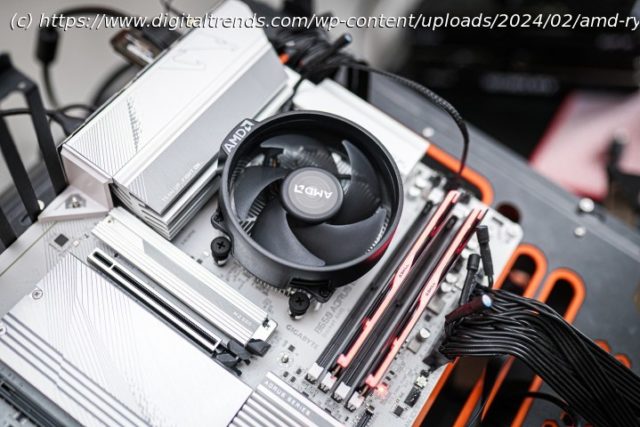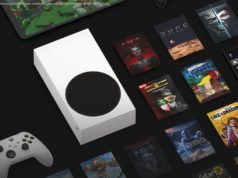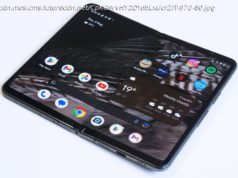Peak performance often dominates the conversation with gaming PCs, but peak efficiency is where you should be at in 2024.
It’s the word PC executives love to say and PC gamers hate to hear: efficiency. I wouldn’t blame you if you plug your ears every time there’s a “performance per watt” metric, or when AMD, Nvidia, and Intel start going on about the efficiency of their hardware. But efficiency is important in your gaming PC, and it’s a problem facing PC gaming as a whole.
No, the components themselves don’t have an efficiency problem. In fact, recent hardware — particularly from AMD and Nvidia — is some of the most efficient hardware we’ve seen in years. But PC gamers have a problem dealing with efficiency and leveraging it for a better gaming experience, and PC executives have a problem communicating why it’s so important.Poor communication
When I’m talking about efficiency in PC hardware, I’m referring to the curve you get when comparing power draw and performance. At any point in the curve, you can answer how much performance you’re getting per watt you’re spending.
There’s a sweet spot along the curve where you’re getting the most amount of performance per watt you’re spending. That’s when your hardware is being the most efficient. It’s easy to write off efficiency metrics as something that only matters for laptops or something that’s irrelevant for power users, but that’s not the case — efficiency is just the point in which your hardware offers the best balance of performance and power draw. It’s being the most efficient with resources.
But wow, are hardware companies terrible at communicating that point. Particularly with processors, AMD and Intel want to show that they can beat the competition in performance and achieve high clock speeds without drawing too much attention to that pesky power draw. Instead, AMD and Intel will separately talk about their achievements in performance per watt, using vague percentages compared to the previous generation.
In recent years, Nvidia has done a slightly better job at communicating the efficiency of its parts, likely because it overwhelmingly dominates the GPU market and doesn’t need competitive performance metrics. Instead of listing a single number for power draw, Nvidia now lists several numbers under different circumstances. You see the idle power draw, the power draw when playing videos, and the power draw from an average gaming session.
It’s a step in the right direction, but Intel, AMD, and Nvidia still want to show what their hardware is capable of at its peak — even if that means sacrificing efficiency in the process.






